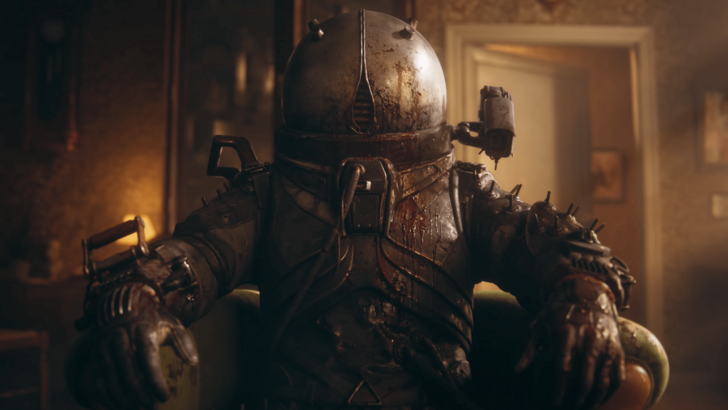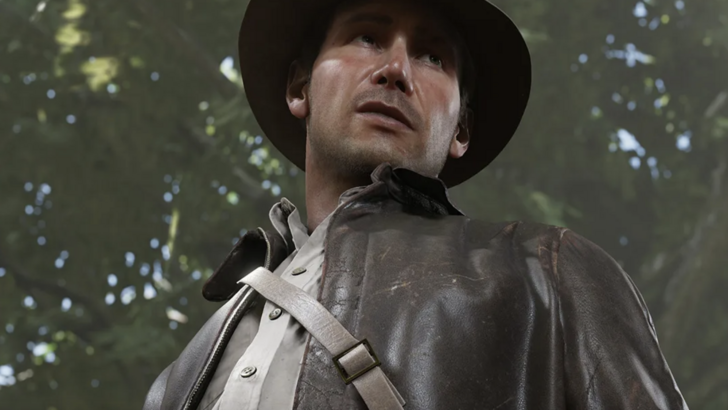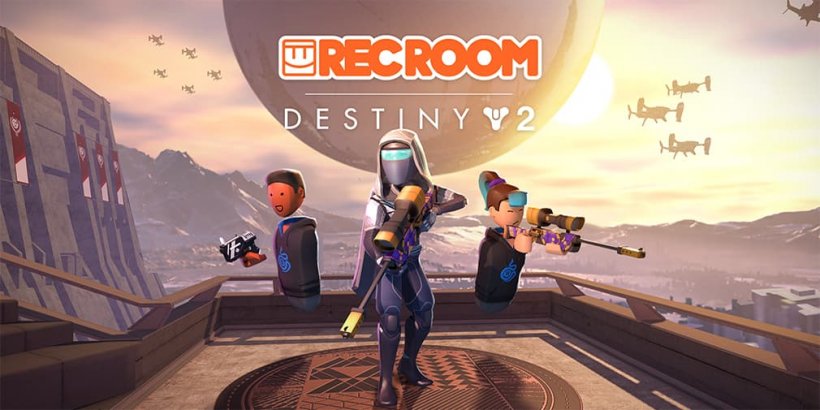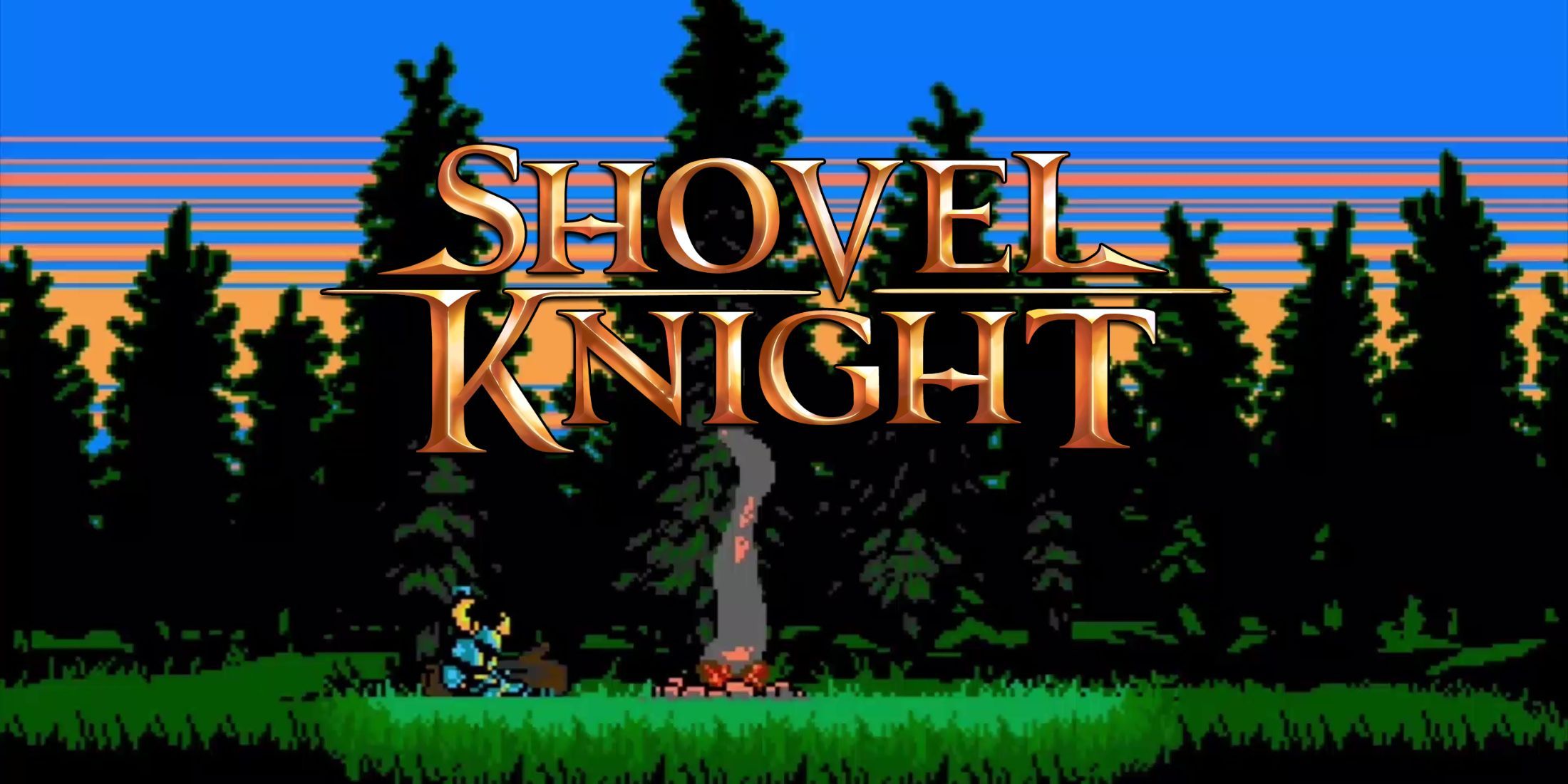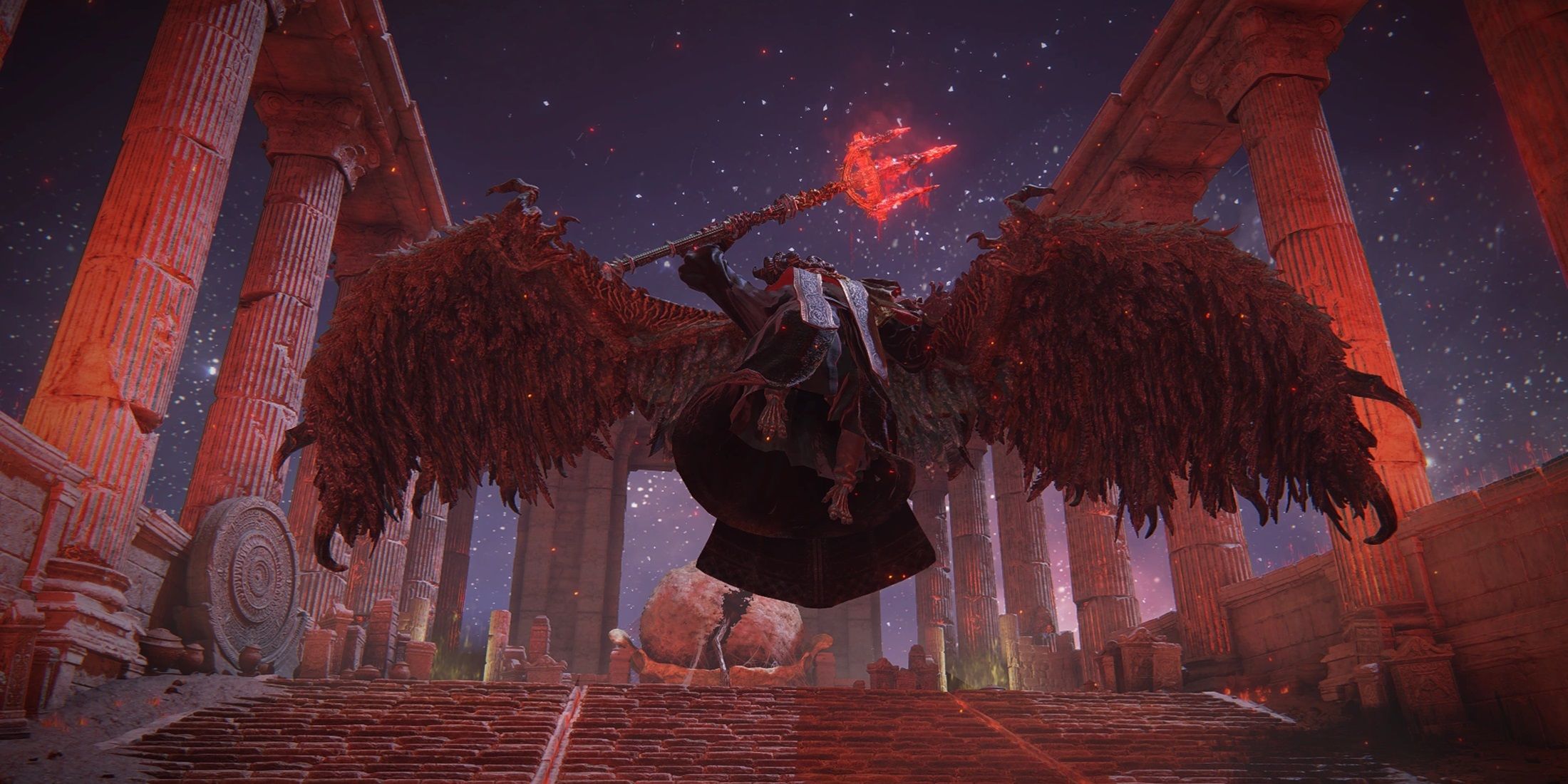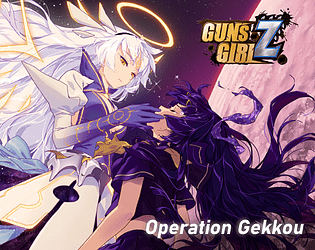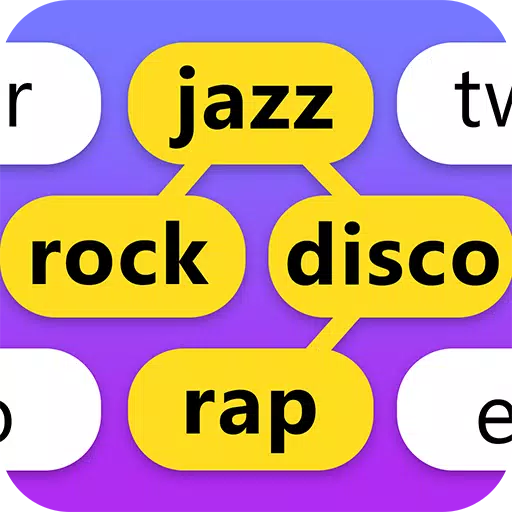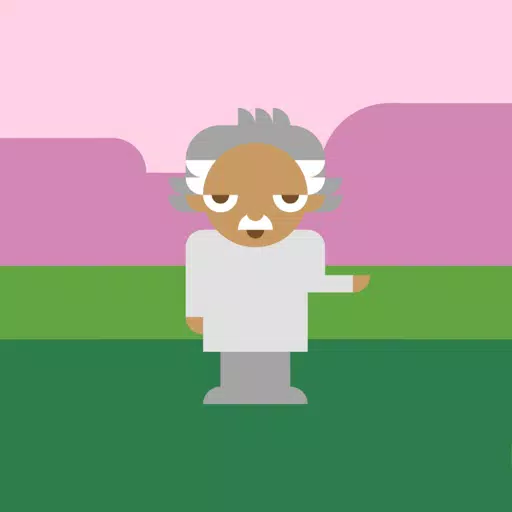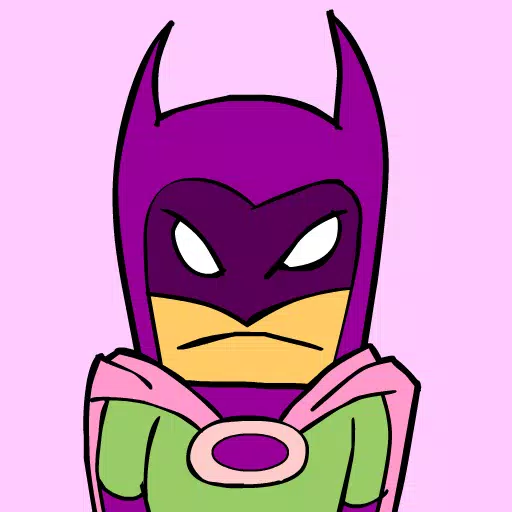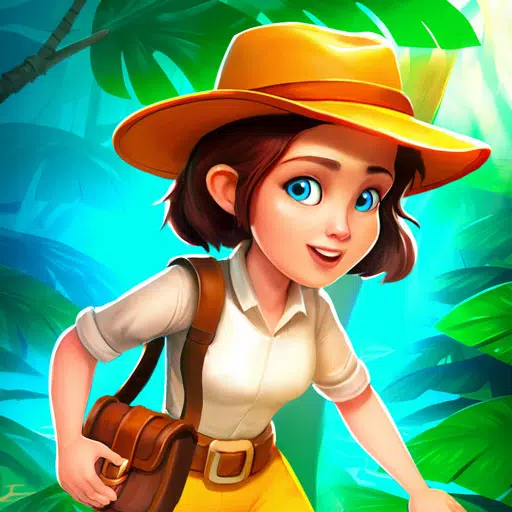Even if you’re not a dedicated player of Magic: The Gathering, you might have noticed its exciting array of video game crossovers in recent years, featuring beloved titles like Fallout, Tomb Raider, and Assassin’s Creed. Now, we're thrilled to bring you an exclusive sneak peek at one of the most eagerly anticipated collaborations yet: Final Fantasy. This isn't just any Final Fantasy crossover; it spans four iconic mainline games, from Final Fantasy VI to Final Fantasy XIV, each represented in a unique preconstructed Commander deck.
Explore the image gallery below for an initial glimpse at the lead card and packaging for each deck, and continue reading for an in-depth discussion with Wizards of the Coast about what to expect, the rationale behind selecting these four games, and much more.
Final Fantasy x Magic: The Gathering - Commander Decks Reveal

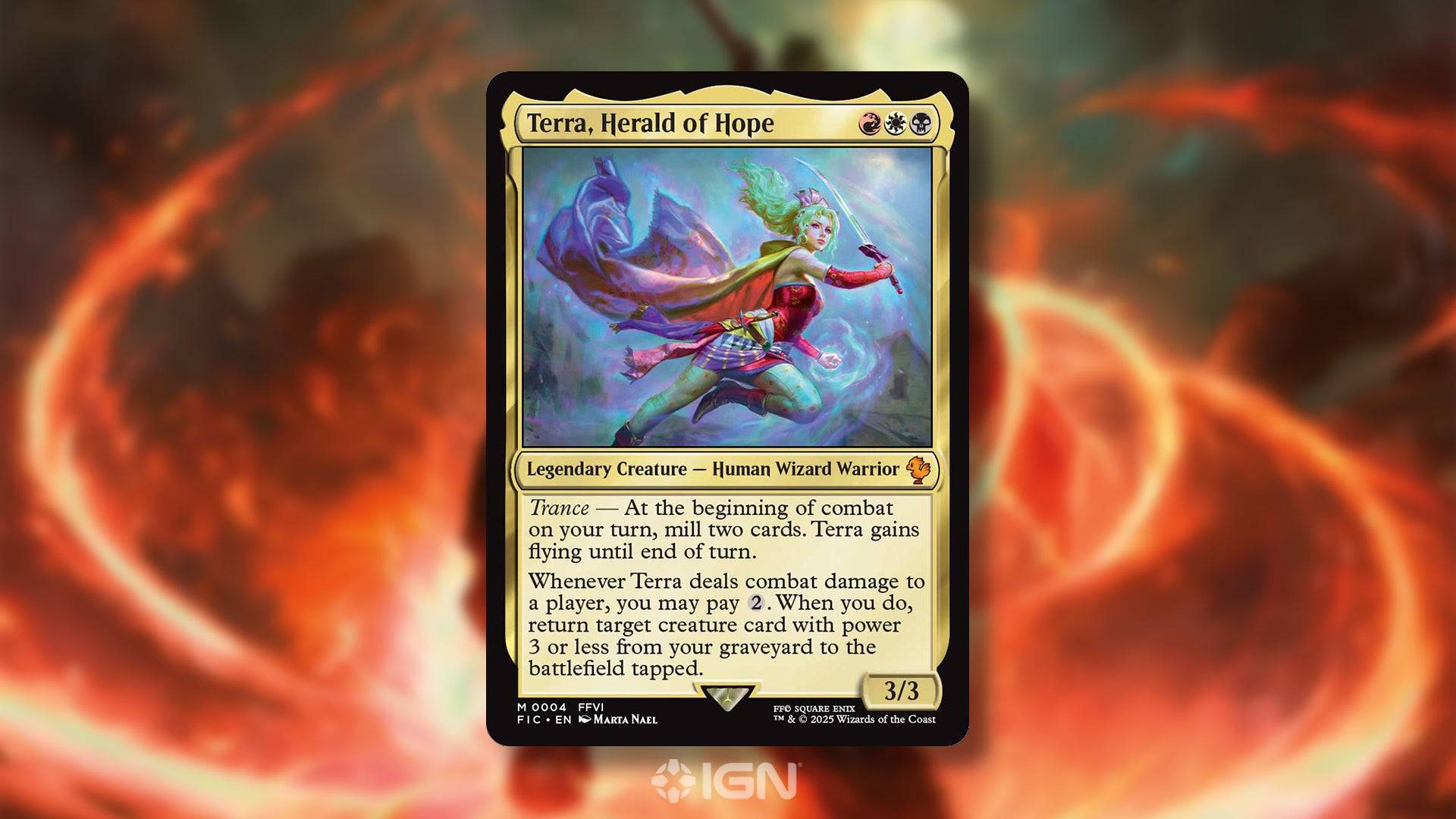 13 Images
13 Images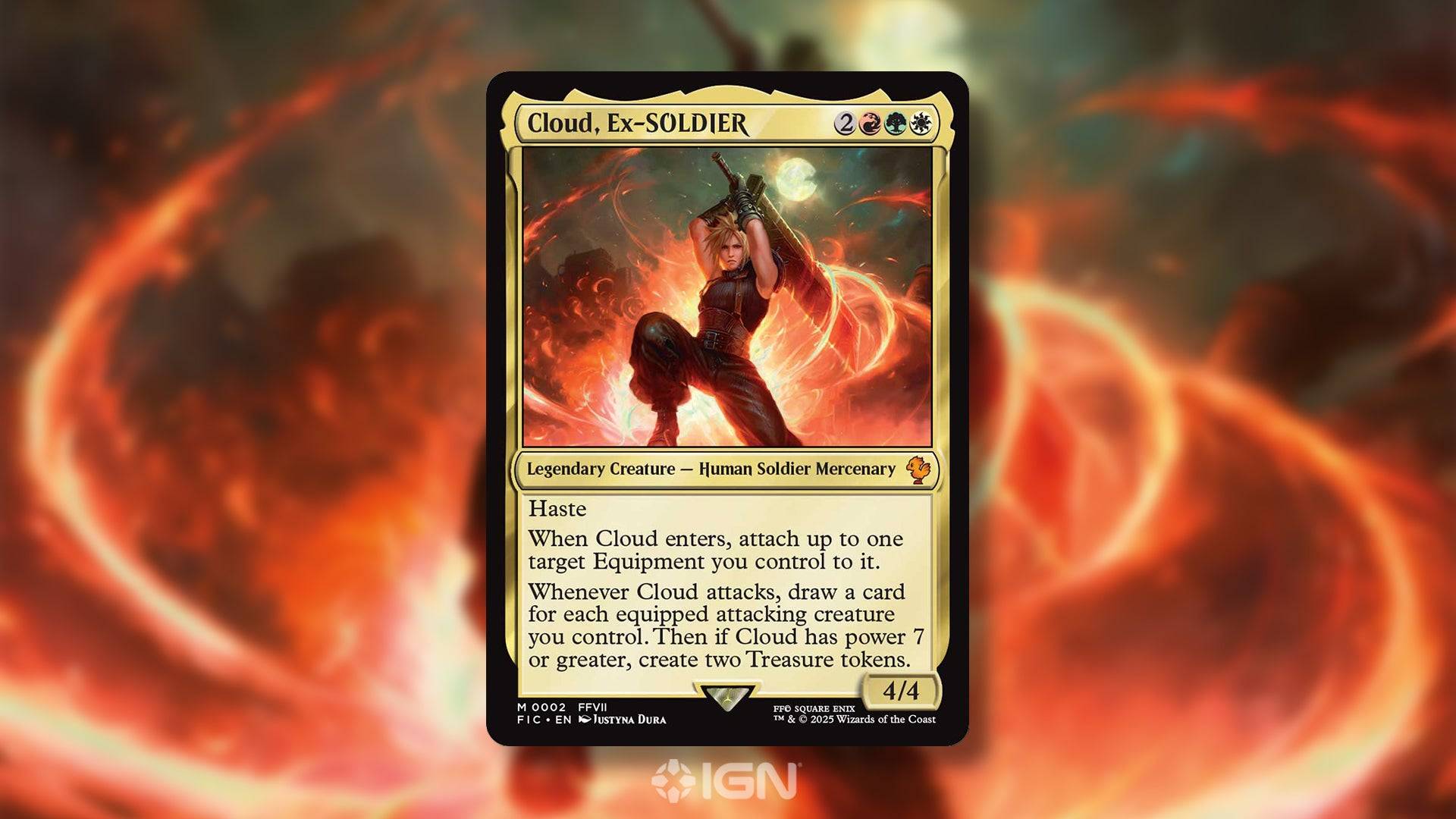
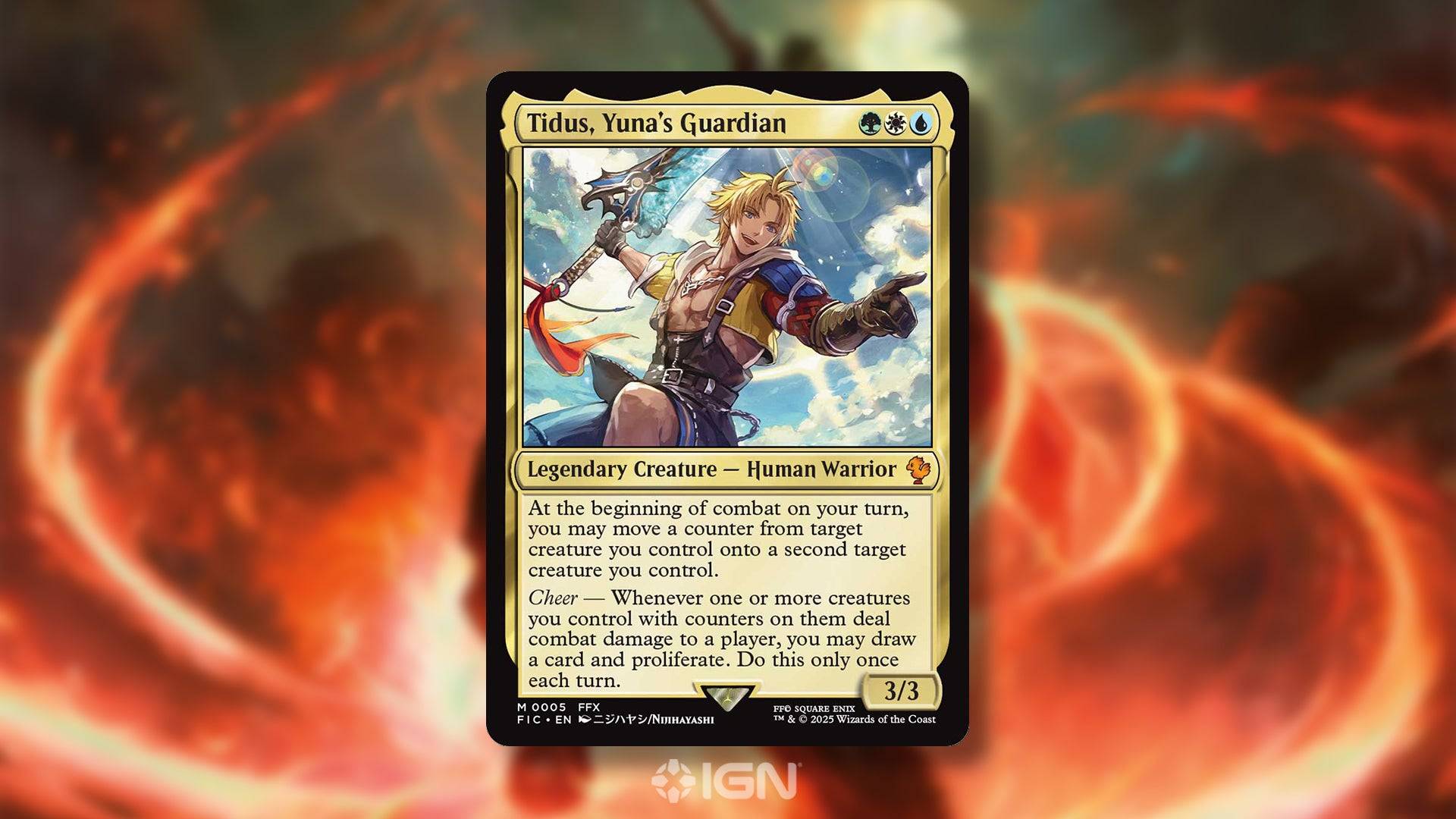
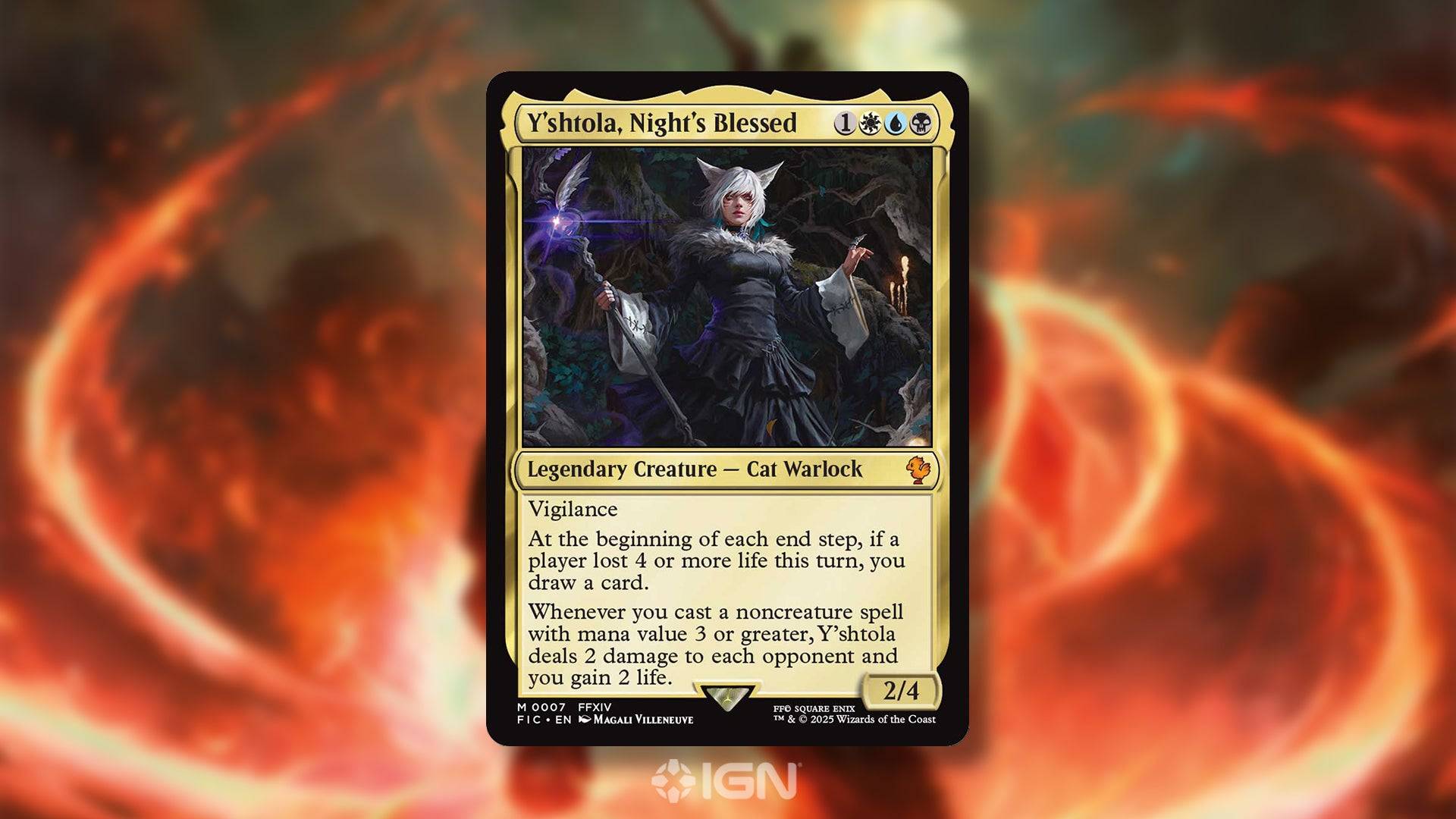
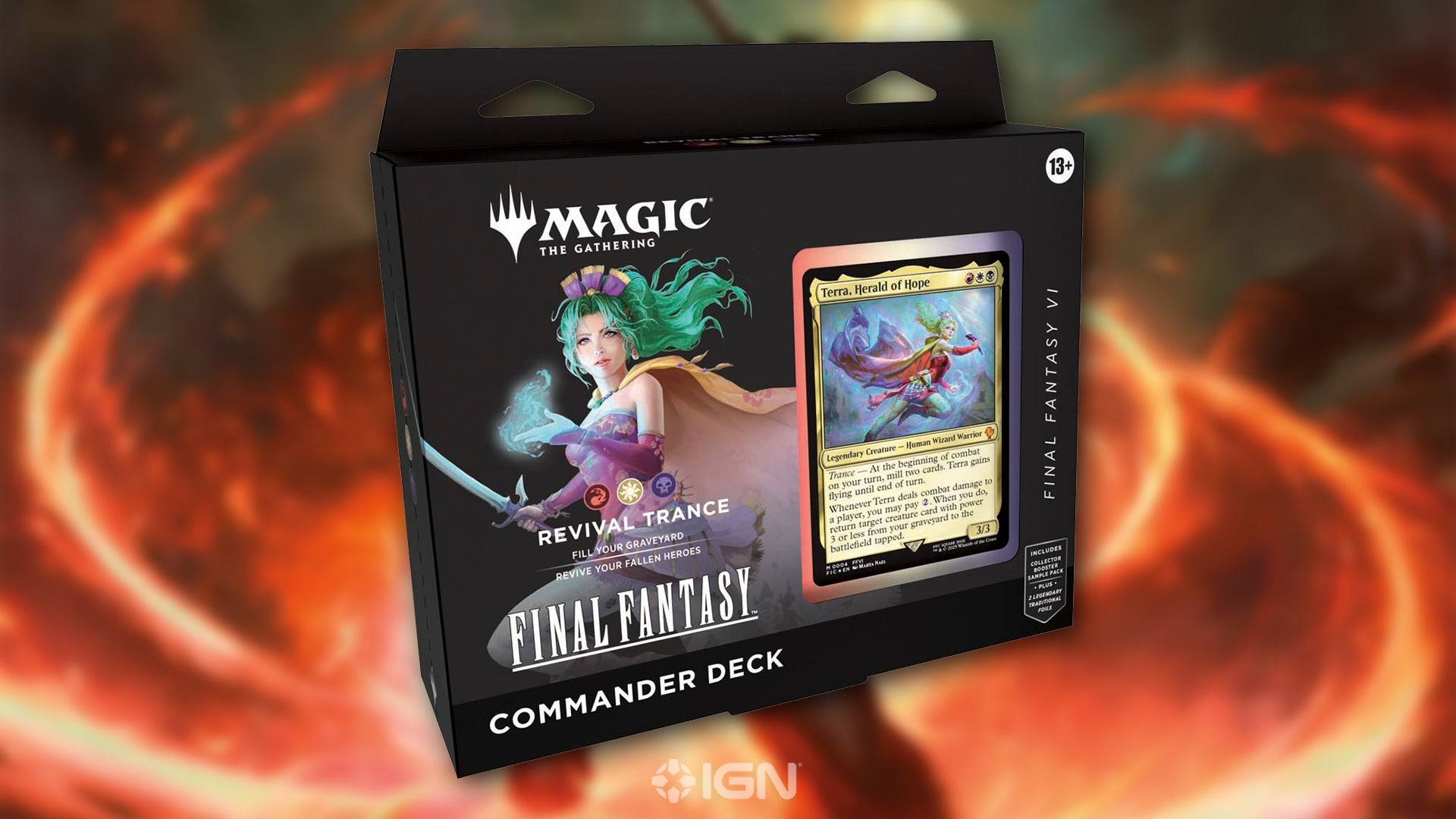
Set to launch in June, Magic's Final Fantasy crossover will be a fully draftable, Standard-legal set, accompanied by four preconstructed decks showcased in the gallery above. Each deck contains 100 cards, a mix of reprints featuring new Final Fantasy art and brand-new cards tailored for the Commander format. Unlike typical Commander precons, which revolve around specific characters, colors, or strategies, these decks are uniquely themed around a single Final Fantasy game – specifically 6, 7, 10, and 14.
“Final Fantasy games are so rich with flavor, beloved characters, and unique settings that choosing a single game as the theme provided more than enough material to design a full deck of cards around,” explains Senior Game Designer Daniel Holt, who leads the Commander aspect of the set. “Focusing each deck on a single game allowed us to delve deeply into the lore, capturing even more beloved moments from across the game’s storyline that we may not have been able to otherwise.”
The selection of these four Final Fantasy games was driven by a balance of desired gameplay and the recognition of each game's story. Holt notes that while Final Fantasy VII and XIV were straightforward choices, VI and X required more deliberation, ultimately chosen because they were favorites among the development team. “This was one of those products where everyone in the building was invested in each stage of development, as we have so many passionate Final Fantasy fans in the building,” Holt adds.
When it comes to Final Fantasy VII, the ongoing remake trilogy posed a unique challenge. Dillon Deveney, Principal Narrative Game Designer at Wizards of the Coast and Narrative Lead for the set, clarifies that while the deck's art draws from both the original and the remakes, the story it tells is that of the 1997 classic. “Our core approach to Final Fantasy VII was to capture the original PS1 game’s narrative, while using Final Fantasy VII Remake and Final Fantasy VII Rebirth’s modern aesthetics to elevate each character design, story moment, and memorable location,” Deveney says. “If a scene existed in both games, we had the choice of showing it as the original game did, how the modern version interpreted it, or a unique fusion of both. We hope this deck feels both familiar and nostalgic to players of the original and the modern series.”
For Final Fantasy VI, the challenge was to honor its pixel art and limited concept art while pushing boundaries. Deveney shares that they aimed to create character designs that felt like fans' memories, despite being a blend of various references and new ideas. They collaborated closely with the Final Fantasy VI team to achieve this. “We developed a workflow that asked concept artists and card artists to pull hallmark character designs from Yoshitaka Amano’s original concept art, the original FFVI sprites, and the FFVI Pixel Remaster character portraits, to synthesize the most consistent elements of each character’s design into something ‘new.’ We also encouraged our artists to enhance finer details and explore elements where they thought they could push (fabric, patterns, textures, etc.). Then, we would meet with the Final Fantasy VI review team for feedback on what core elements to preserve and what new elements they were excited about.”
Choosing the lead characters for each deck was another crucial aspect. While Cloud was a clear choice for Final Fantasy VII, other decisions required more brainstorming. Celes was considered for VI due to its focus on the World of Ruin, and Yuna was a contender for X. Ultimately, they opted for the “lead” characters, but Final Fantasy XIV presented a unique challenge as an MMO. “For Y’shtola, it came down to a mix of popularity, her role as a spellcaster, and her story and character development, which offered a wide range of abilities and moments to pull from to lead the deck,” Holt explains. They also considered a “Warrior of Light” commander, but opted to include the player's hero in other ways within the deck.
Crafting a deck that encapsulates an entire game's story, characters, and themes within the constraints of Magic’s five colors was a complex task. “Building these decks required us to decide the color identity for the chosen game itself, as well as the gameplay we desired from them,” says Holt. He notes that all four decks include White, which helped incorporate a wide range of heroes. The deck for VI focuses on rebuilding your party by bringing creatures back from the graveyard. VII leverages Cloud’s big sword with equipment strategies in a white-red deck, enhanced by green to tie in “power matters” cards and references to the Planet and lifestream. X uses Tidus’ counter-passing ability but is primarily inspired by the Sphere Grid leveling system to empower creatures. XIV adopts a white-blue-black color identity to emphasize noncreature spell casting while including desired characters.
While Commander focuses on the leader, RPGs often highlight the whole party. Holt emphasizes the importance of including both beloved and villainous characters from the Final Fantasy series. “While I can’t talk specifics on who is included in each deck or their abilities just yet, fans can expect to see some of their favorite characters in the 99 of each deck as new legendary creatures and captured in action on other exciting spells.”
The Final Fantasy set will be released on June 13. Even if your favorite Final Fantasy game or character isn’t included, Holt assures that “all sixteen of the mainline games will have their moments to shine in the accompanying products.”
Similar to the Warhammer 40,000 Commander decks from 2022, these decks will be available in both a regular version (MSRP $69.99) and a Collector’s Edition (MSRP $149.99), with the latter featuring all 100 cards in each deck in a special Surge foil treatment.
Read on for the full, unedited interview with Wizards of the Coast’s Daniel Holt and Dillon Deveney:
Which Final Fantasy Commander deck is your favorite so far?
- Revival Trance - Final Fantasy VI (Terra, Herald of Hope)
- Limit Break - Final Fantasy VII (Cloud, Ex-SOLDIER)
- Counter Blitz - Final Fantasy X (Tidus, Yuna's Guardian)
- Scions & Spellcraft - Final Fantasy XIV (Y'shtola, Night's Blessed)
Do you enjoy that Magic: The Gathering is doing so many crossovers?
- Yes, I want to see more of them
- I don't care either way
- No, I want Magic to just be Magic

 Latest Downloads
Latest Downloads
 Downlaod
Downlaod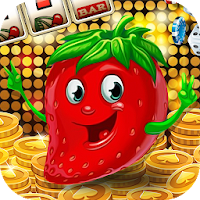
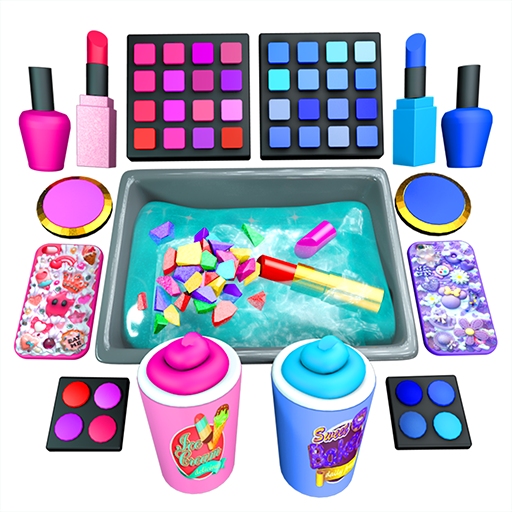
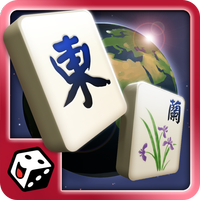


 Top News
Top News